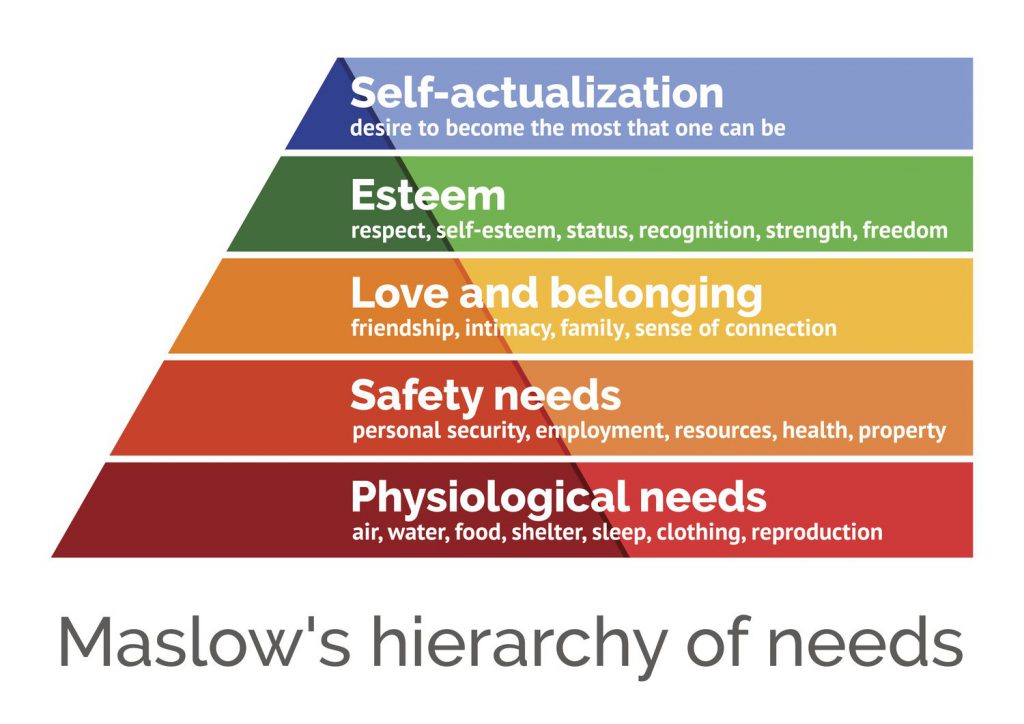
Belonging, an essential human need according to Maslow’s Hierarchy, ranks high among the necessities for our well-being, just below food, water, and shelter. As social beings, we crave acceptance, support, security, and appreciation within a group setting.
Communities provide precisely that, often on a large scale. Nurturing a sense of belonging among your members is paramount for the success of your community.
The Importance of Cultivating Belonging
When individuals feel a sense of belonging in your community, they are more inclined to return, contribute, and even advocate for it by inviting others to join. In my experience, these engaged members are the most valuable participants, consistently sharing and adding value to the community through their interactions. This cycle fosters a welcoming environment for new members, perpetuating a sense of belonging for all.
The stronger the sense of belonging, the more resilient and enduring your community will become.
However, it’s crucial to recognize that individuals only develop a sense of belonging after they’ve become members, formed relationships, and experienced the benefits of the community. It doesn’t happen immediately upon onboarding.
Strategies for Cultivating Belonging
So, how do you cultivate this feeling? Here are some proven tactics based on my experience managing both Communities of Practice and Product communities.
1. Authenticity is Key
Members need to feel safe to truly belong, and authenticity is the foundation of that safety. Align your actions as a Community Manager with the character and mission of your community. Every aspect, from the content you share to the events you host, should reflect the community’s purpose and values.
2. Consistency Matters
Maintain authenticity across all interactions. Inconsistency breeds uncertainty and hampers the sense of belonging. Ensure that your messaging, both in public spaces and private communications, remains cohesive and aligned with the community’s objectives.
3. Humanize the Experience
Despite the virtual nature of online communities, members crave human connection. Introduce yourself and your team in a personal manner, share anecdotes, and encourage direct communication. Humanizing the community management fosters a stronger sense of belonging among members.
4. Facilitate Connections
As community managers, our role often revolves around facilitating connections among members. Identify opportunities for members to support each other and intervene when necessary to catalyze these interactions. By connecting members with shared interests or needs, you strengthen the fabric of the community.
5. Prioritize Attention
Make every member feel valued and acknowledged. Personalize interactions, whether it’s welcoming new members, mentioning them in communications, or organizing localized groups. Attention to detail enhances the sense of belonging and reinforces the community’s inclusivity.
Assessing Success
If you’ve implemented these strategies effectively, your community will exude authenticity, consistency, and humanity. Members will engage with a Community Manager who facilitates connections and demonstrates attentiveness. Ultimately, the feedback from your members will indicate whether you’re on the right track. Look for expressions of gratitude, declarations of finding a home within the community, and the organic growth as members invite others to join.
Fostering a genuine sense of belonging not only strengthens your community but also provides immeasurable satisfaction in knowing you’ve created a space where individuals feel welcomed and valued.








